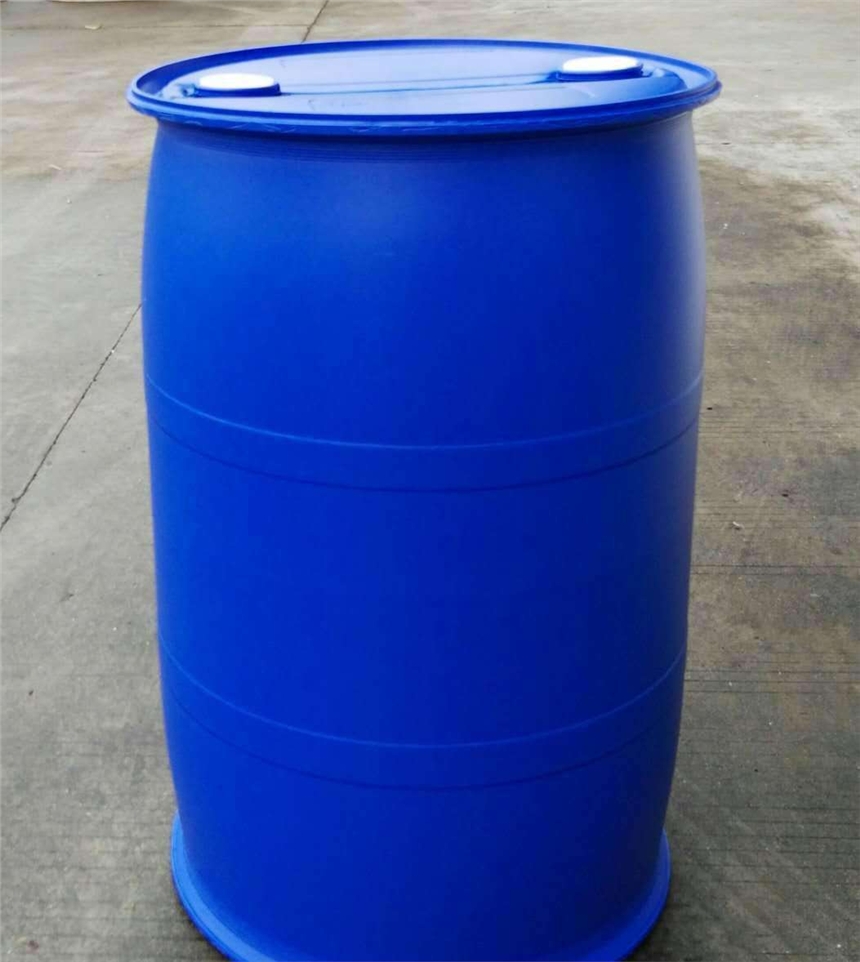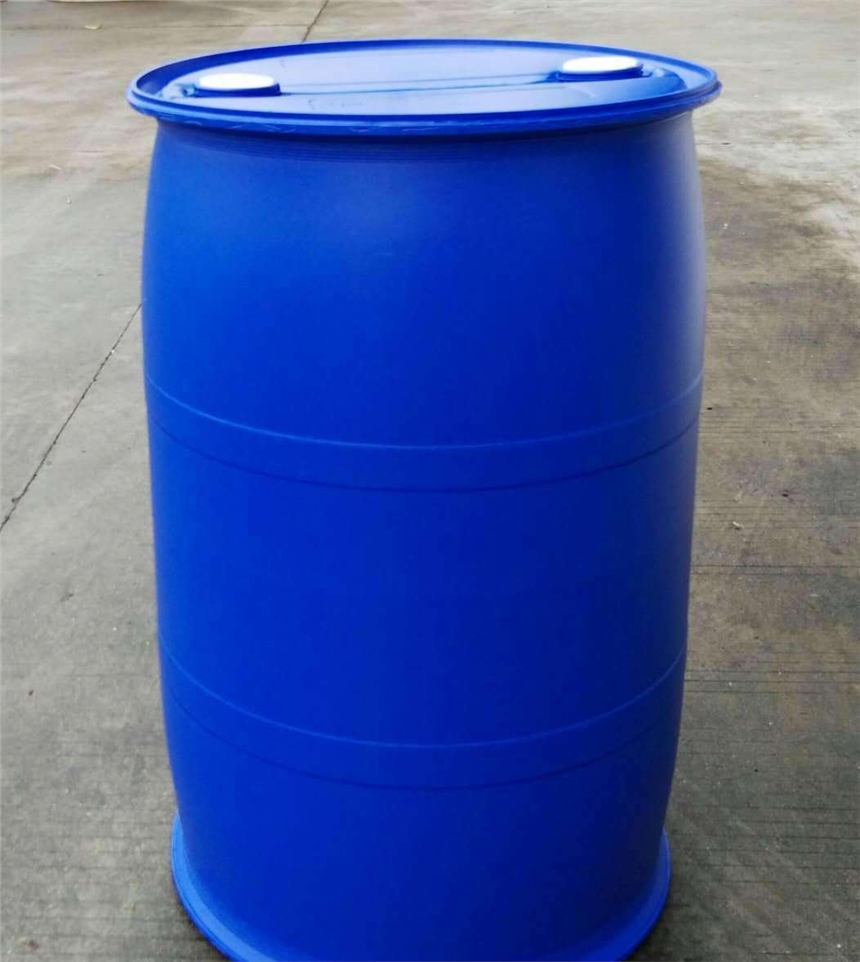Isocyanate is an important organic chemical substance with a wide range of applications in several fields. The following are its main areas of application:
Production of polyurethane: Isocyanate is the main raw material for the production of polyurethane. Through the addition reaction with polyol or polyamine, the hardness, viscosity, density, toughness and other properties of polyurethane can be controlled, so as to prepare polyurethane with different applications. Polyurethane has a wide range of applications in foam, elastomers, coatings, adhesives, cellulose reinforcing materials and other fields.


Coatings manufacturing: Isocyanate can be used as a reactive solvent in coatings, reacting with hydroalcohols to generate coating resins, increasing the durability and toughness of coatings and making them more suitable for coatings under various conditions. At the same time, it can also make the adhesion of paint pigments stronger and improve the durability and stain resistance of the paint. This kind of coating is widely used in automotive paints, wood coatings, metal coatings and other fields.
Preparation of adhesives: Isocyanates can be used to produce various types of adhesives, such as water-based polyurethane adhesives, solvent-free adhesives, hot-melt adhesives and so on. These adhesives are widely used in the fields of furniture, shoe materials, automobile interiors, bookbinding and so on.
Biomedical materials: due to the reactivity of isocyanate, it can also be used in the preparation of biodegradable materials and artificial blood vessels, among others. Isocyanates also play an important role in the manufacture of medical equipment and artificial organs.
Other fields: in the printing industry, isocyanate can be used as a component of ink to improve the viscosity, fluidity and adhesion of ink; in the rubber industry, isocyanate can be used as an adhesive; in aquaculture, isocyanate can be used as a water treatment agent to play the role of bactericide and deodorant.
In summary, isocyanates have a wide range of applications in many fields such as polyurethane, coatings, adhesives, printing inks, biomedical materials and so on. However, although isocyanates are widely used, it is still necessary to pay attention to their possible environmental and health impacts in the process of using them, and ensure that they are used in accordance with the relevant safety regulations.
Recommended Related Reading:
Dabco NE1060/Non-emissive polyurethane catalyst




